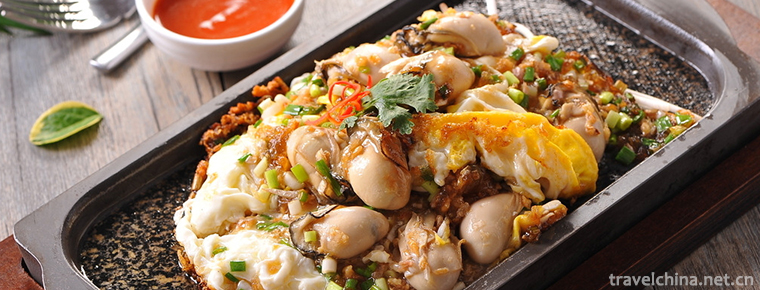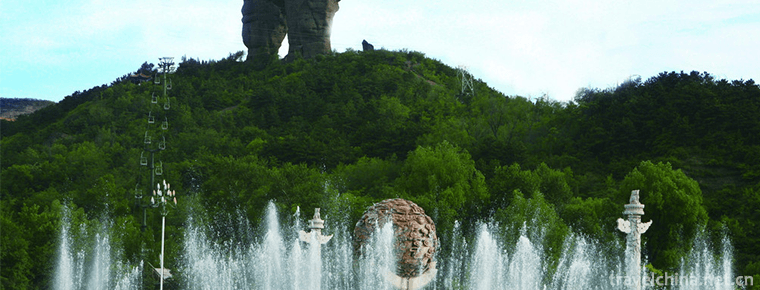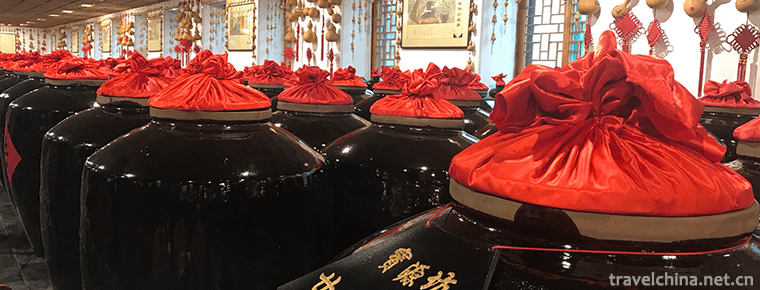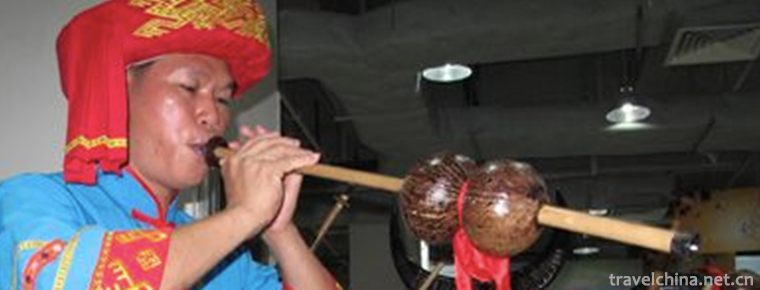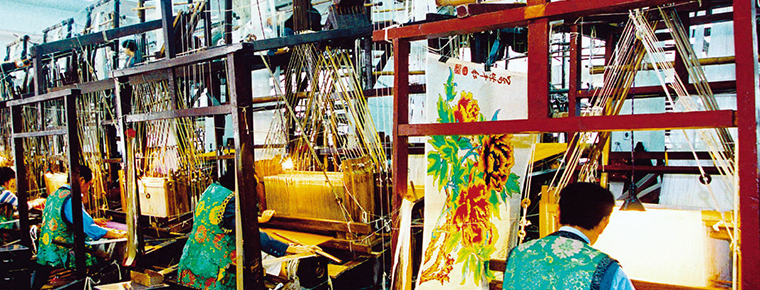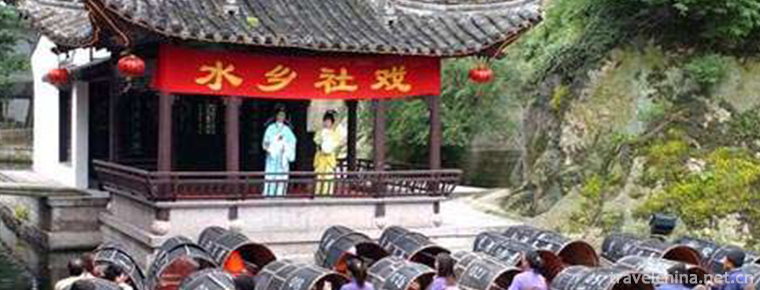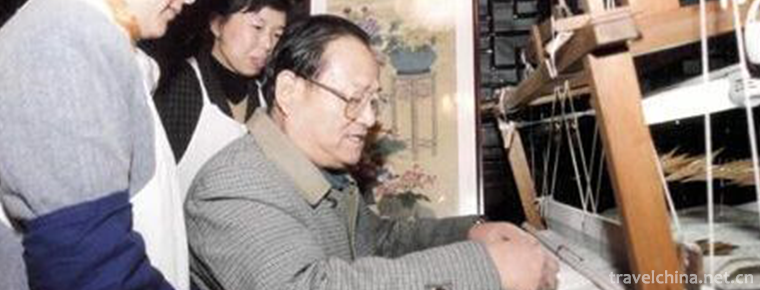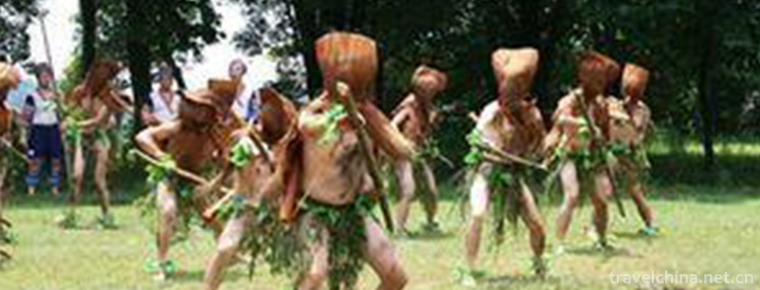Zhongshan Park
Zhongshan Park is located in the south of the Forbidden City (Palace Museum) in the center of Beijing, west of Tian'anmen, and separated from the Palace Museum. Covering an area of 230,000 square meters, it is a memorial classical temple garden. It was originally the Social altar of the Ming and Qing dynasties. Together with the Taimiao (today's Labor People's Cultural Palace), it followed the ritual construction of the Zuo Zu Youshe since the Zhou Dynasty.
In 1925, when Dr. Sun Yat-sen died, coffins were parked in the garden hall (today's Zhongshan Hall) to hold public sacrifices. In memory of this great pioneer of democratic revolution, it was renamed Zhongshan Park in 1928.
In 1988, Zhongshan Park was approved by the State Council as a national key cultural relic protection unit. In 2000, it was awarded the Capital Civilization Unit. In 2002, it was awarded the first batch of excellent parks in Beijing. In 2011, it was awarded National AAAA Tourist Scenic Spot.
Development history
Zhongshan Park was originally Xingguo Temple in Liao and Jin Dynasties, and was renamed Wanshou Xingguo Temple in Yuan Dynasty.
When Zhu Di, the founder of Ming Chengzu, built Beijing Palace in 1421 (Yongle Nineteenth Year), he was rebuilt into a Social altar according to the system of Zuo Zu Youshe. This is the place where the Ming and Qing emperors sacrificed land gods and grain gods.
In 1913, the government of the Republic of China took over the altar and began to raise donations.
In 1914, under the chairmanship of Zhu Qijun, Chief Internal Affairs Officer of the Beiyang Government, the altar was opened to the public as a park, initially known as the Central Park. It was the first public garden in Beijing at that time, and it was also one of the earliest imperial gardens in Beijing.
On October 10, 1914, the public was opened to the public. Before the opening of the park, a large area of renovation was carried out in a short period of time. The main entrance facing Chang'an Street was opened, and the wall of the Dongtan Gate was cut open to form the Moon Gate.
After 1915, River ponds, stacked stones and other buildings were added to the garden, and the halls of the altar were changed. In 1925, Mr. Sun Yat-sen's coffin was parked in a worship hall in the garden.
In 1925, when Dr. Sun Yat-sen died, coffins were parked in the garden hall (today's Zhongshan Hall) to hold public sacrifices.
In 1928, after Sun Yat-sen's death, he parked his remains here. In memory of Sun Yat-sen, he Qigong, then the special mayor of Peiping, and other patriots, were renamed Zhongshan Park by Feng Yuxiang. After the establishment of the Central Park, besides the preservation of the altar of social resources, we successively built the Song Dynasty stone lions of the Song Dynasty, such as the Songbaijiao Cui Pavilion, the aphorism Pavilion and Huifang Garden. We also moved the Xili Pavilion, Lanting Bazhu Pavilion, Baoping Fang and Hebei Daming Ancient Temple into the park, and placed many famous stones in the palace of the Qing Dynasty.
After Japan occupied Peiping in 1937, it changed to Peiping Park and Central Park in October.
The name of Zhongshan Park was restored after the victory of the Anti-Japanese War in 1945 and has been used up to now.
In 1988, Zhongshan Park was designated as a national key cultural relic protection unit by the State Council of China.
Park layout
The main building of the park is the social altar, which is located in the center of the axis. The altar is square and is a three-storey platform for Han Baiyu. The altar is paved with five colors of earth: medium yellow, East green, South red, West White and North black, which are paid tribute from all over the country, to express the meaning of "under the heaven, is not the king's land", and to symbolize the five elements of earth, wood, fire, gold and water. In the center of the altar, there was a square stone pillar, named "the main stone of society", also known as "the stone of rivers and mountains", to show "the eternal stability of rivers and mountains". The altar is surrounded by four-coloured glazed walls, East Blue, South Red, West White and North Black, with a white and jade gate of the Han Dynasty standing on each side, which is particularly solemn and solemn. The "worship hall" in the north of the altar, also known as the Hall of Enjoyment or the Temple of Sacrifice, is a huge wooden building with five broad faces and three deep faces. It has yellow glazed tiles, a single eave roof, a white stone terrace and no ceiling. Beams and arches, paintings and seals are exposed. This is the most complete preservation of Ming Dynasty architecture. In 1925, Sun Yat-sen's coffin was parked in this hall. Receive all walks of life look forward to condolences. In 1928, he Qigong, then the special mayor of Peiping under Feng Yuxiang, and other patriots proposed and presided over the renaming of Zhongshan Hall. There are 72 golden and silver-plated halberds on both sides of the back door of the hall, so they are called halberds. When the Eight-Power Allied Forces invaded Beijing, they plundered all the halberds. Outside the altar, there are ancillary buildings such as shenzhu, Shenzhu and slaughter Pavilion in the southwest. Changqing Garden is located in the east of the Shaji altar, with built-in rockery, flower shed, flower bed and bonsai. Among them, there are some scenic spots such as Pine-cypress Jiaochui Pavilion, Pot-throwing Pavilion and Yuxuan, etc. The Tang Flower Dock in the west is a greenhouse for cultivating all kinds of precious flowers and trees.
Some ancient buildings have also been moved from all over the park. To the west of Tang Huawu, the famous "Lanting Stele Pavilion" and "Lanting Eight Columns" were originally one of the 40 sceneries of Yuanmingyuan and moved in 1917. The Pavilion is the apex of eight corners of the blue eaves and tiles. It is inscribed on the stone tablet in the middle with the poems about "Lanting" written by Emperor Qianlong. The eight pillars are inscribed with the Lanting posts of Wang Xizhi, which were copied by calligraphers of different dynasties. They are precious stone carvings. In 1915, Xili Pavilion, originally built in Hongli Temple, was moved from the official gate of the Rite Department of the Qing Dynasty. It was a place where civil and military officials and foreign envoys from all over the country visited the emperor to practice rituals.
Tourism information
Ticket Price
Weekdays:
Ticket price is 3 yuan, student half-price ticket is 1.5 yuan (this ticket does not include Tanghuawu, Huifang Garden)
Tanghuawu and Huifangyuan need to purchase a joint ticket price of 5 yuan.
During the Spring Flower and Tulip Flower Exhibition (from April 10 to May 10 each year, the specific time depends on the flowering season): uuuuuuuuuu
Ticket price is 10 yuan, student half-price ticket is 5 yuan. During the flower exhibition, gate tickets include Tanghuawu and Huifang Garden, no additional tickets need to be purchased.
Season tickets are 9 yuan per quarter.
Other:
Two yuan for Zhongshan Memorial Hall.
Traffic information
Arrive at South Gate: Take 1, 5, 10, 22, 52, 90, 99, 205, 728, Te 1, Te 2 at Tian'anmen West Station, walk eastward for 2 minutes, or take Metro Line 1 at Tian'anmen West Station B, walk eastward for 1 minute.
Arrive at Ximen: Take No. 5 and get off at Xihua Gate Station. Walk south on the east side of the road for 5 minutes. Self-driving tourists can drive to the West Gate of Nanchang Street Park. There is a toll-free parking lot in front of the gate. There are about 30 parking spaces before 18:00.
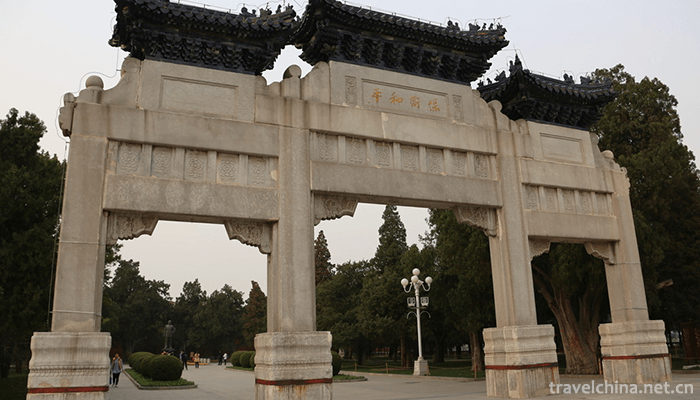
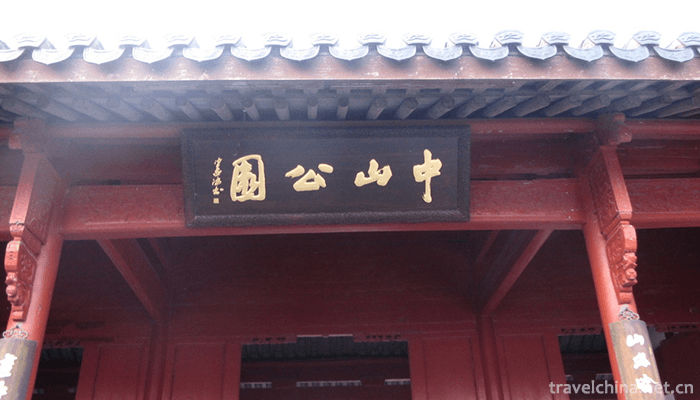
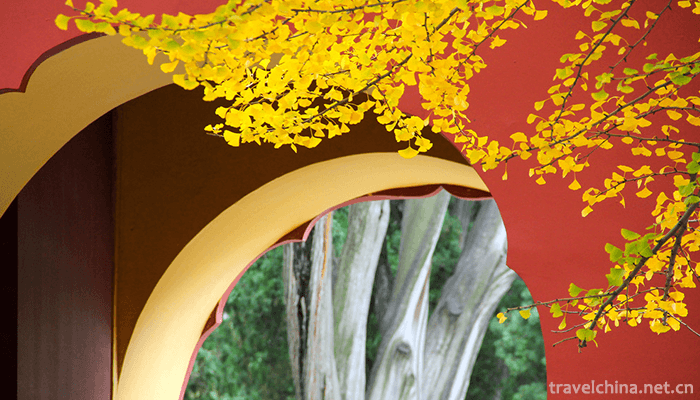
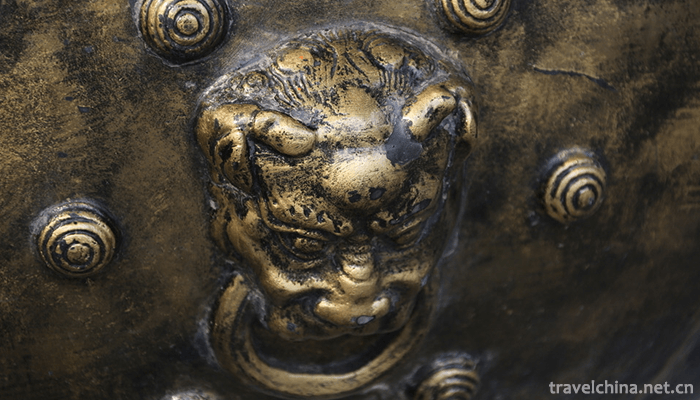
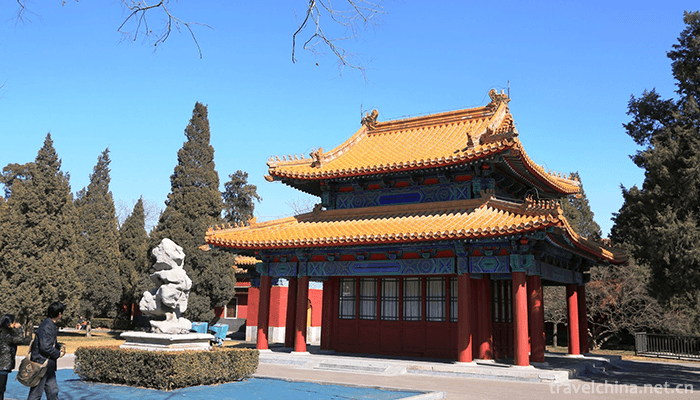
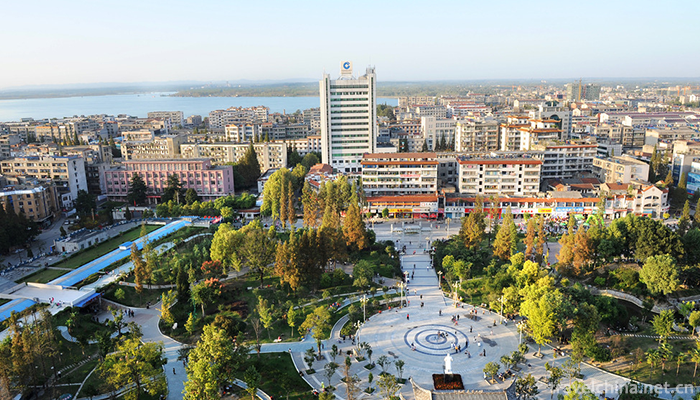

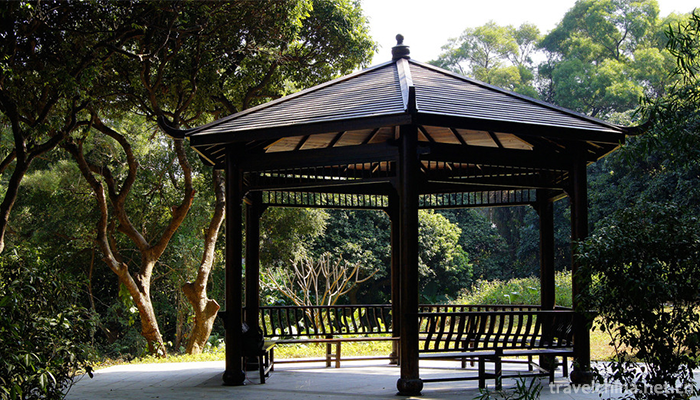
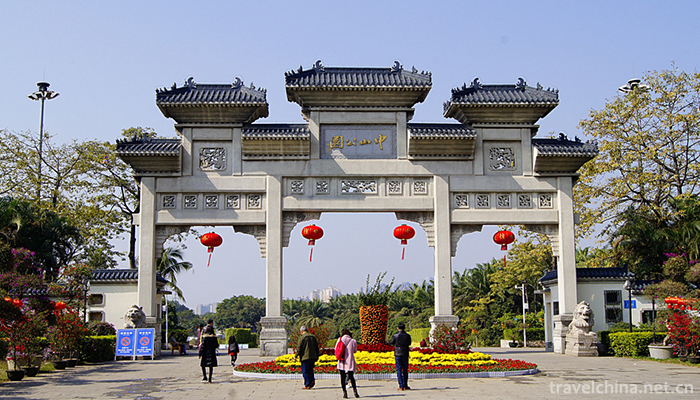

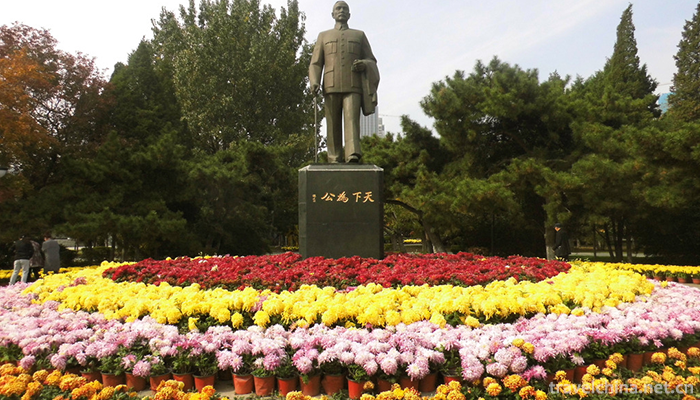
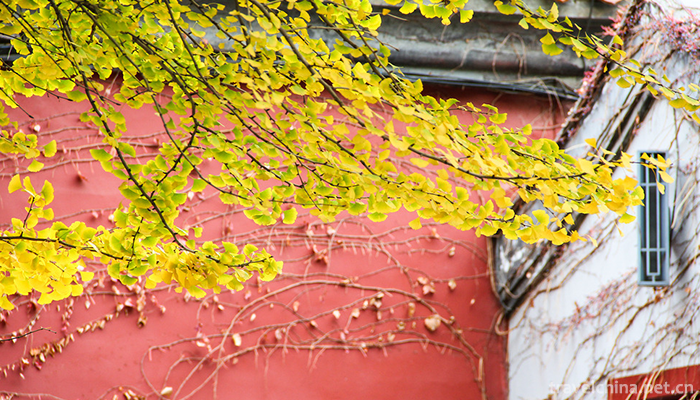
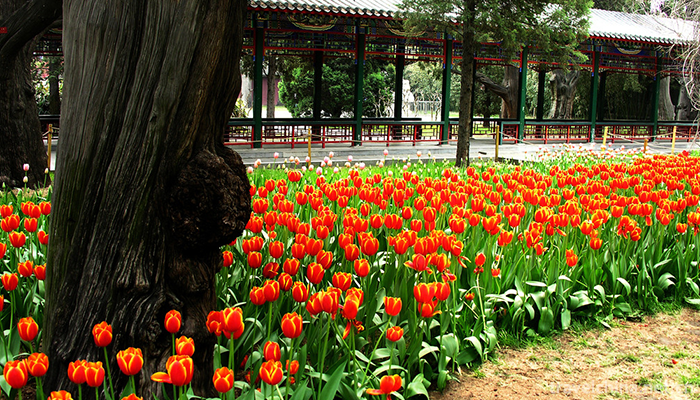
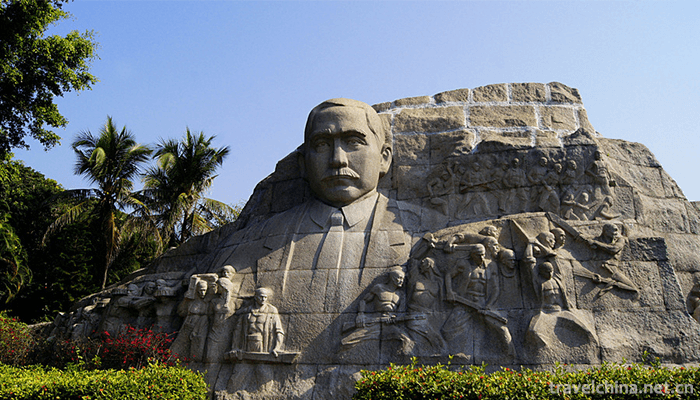
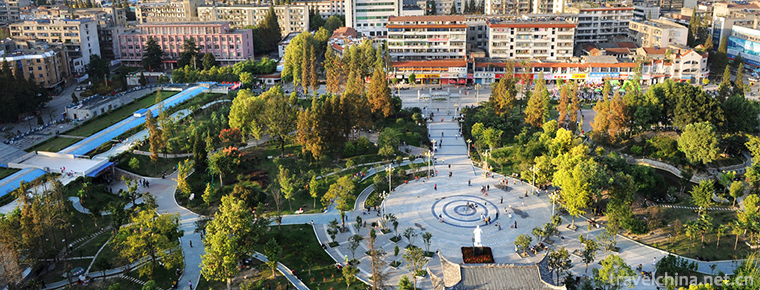
Zhongshan Park
-
Oyster omelet
Oyster fry is a common home dish, which originated in Quanzhou, Fujian Province, and is one of the classic traditional snacks in southern Fujian, Taiwan, Chaoshan and other regions.
Views: 289 Time 2018-11-02 -
The Twin Colossals
Shuangta Mountain is located ten kilometers southwest of Chengde Summer Resort in Hebei Province, with a total area of 3000 hectares and beautiful scenery. It is the largest natural scenic resort in C
Views: 321 Time 2019-02-08 -
Taiyuan Qingxu Baoyuan Old Vinegar Workshop
Taiyuan Qingxu Baoyuan Old Vinegar Workshop is located in Taiyuan City, Shanxi Province. It is the "Taiyuan Youth Heritage and Education Base". It has been awarded the "First Industrial
Views: 201 Time 2019-02-13 -
Bamboo and Wood Instrument Music of Li Nationality
The traditional instrumental music of Li Nationality is based on abundant bamboo and wood resources, including solo music, ensemble music, song and dance music, sacrificial music and eight kinds of mu
Views: 153 Time 2019-05-13 -
Lu Brocade Weaving Techniques
Lujin brocade weaving technology, traditional handmade brocade weaving technology in Juancheng County, Shandong Province, is one of the national intangible cultural heritage.
Views: 218 Time 2019-05-15 -
Shuixiang Opera
Shuixiang opera is a traditional folk cultural activity in Shaoxing, Zhejiang Province. Waterfront theatres are mostly built on rivers in front of temples such as land temples, so they are called &quo
Views: 189 Time 2019-06-16 -
Silk weaving skills in Suzhou
Tilting, also known as carving, is an ancient and unique traditional weaving process in China. It mainly exists in Suzhou and its surrounding areas. Since the Southern Song Dynasty, Suzhou silk has be
Views: 363 Time 2019-06-17 -
Zong Baonao
The dance used for sacrifice - the Yao Zong Baonao Dance is evolved from an ancient legend. According to Changtang Yao people, from generation to generation, in ancient times, a beautiful Yao mother l
Views: 349 Time 2019-08-16 -
Diexi earthquake site
Diexi earthquake site is located 2.5 km southeast of Jiaochang Township, Maoxian County, on the second grade platform on the East Bank of Minjiang River
Views: 367 Time 2020-11-07 -
Donghekou earthquake site park
Donghekou earthquake site park, located in Qingchuan County, Guangyuan City, Sichuan Province, is the first earthquake site protection memorial site of Wenchuan earthquake. On November 12, 2008, the opening ceremony and the launching ceremony of the tourism market after the earthquake were held.
Views: 262 Time 2020-11-08 -
Panzhihuas primary industry
In 2018, the total output value of agriculture, forestry, animal husbandry and fishery in Panzhihua was 7.027 billion yuan, an increase of 4.2%. Among them, agricultural output value was 4.434 billion yuan, an increase of 5.2%; forestry output value was 108 million yuan, an increase
Views: 336 Time 2020-12-14 -
Geographical environment of Guangyuan
Guangyuan City is located in the north of Sichuan Province. Its geographical coordinates are 31 ° 31 ′ n to 32 ° 56 ′ N and 104 ° 36 ′ e to 106 ° 45 ′ E. in the north, it borders Wudu County, Wen County, Ningqiang County and Nanzheng County of Shaanxi
Views: 133 Time 2020-12-15
